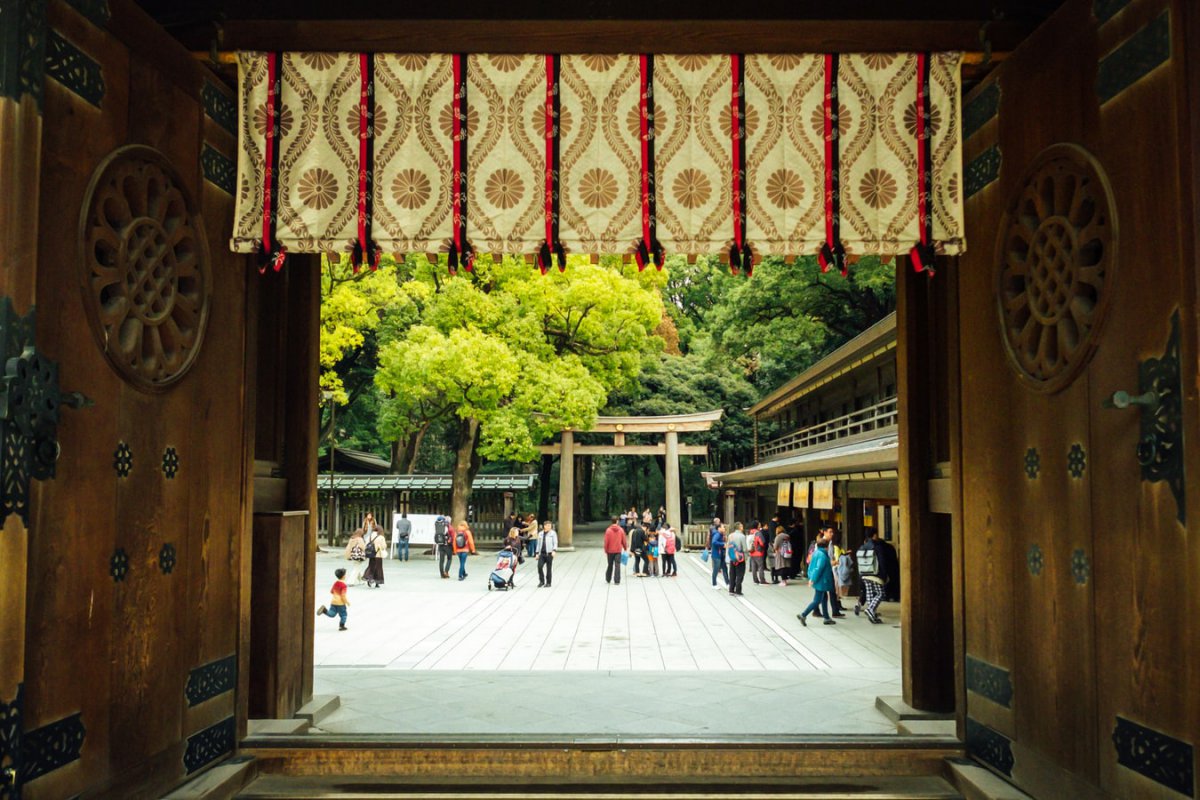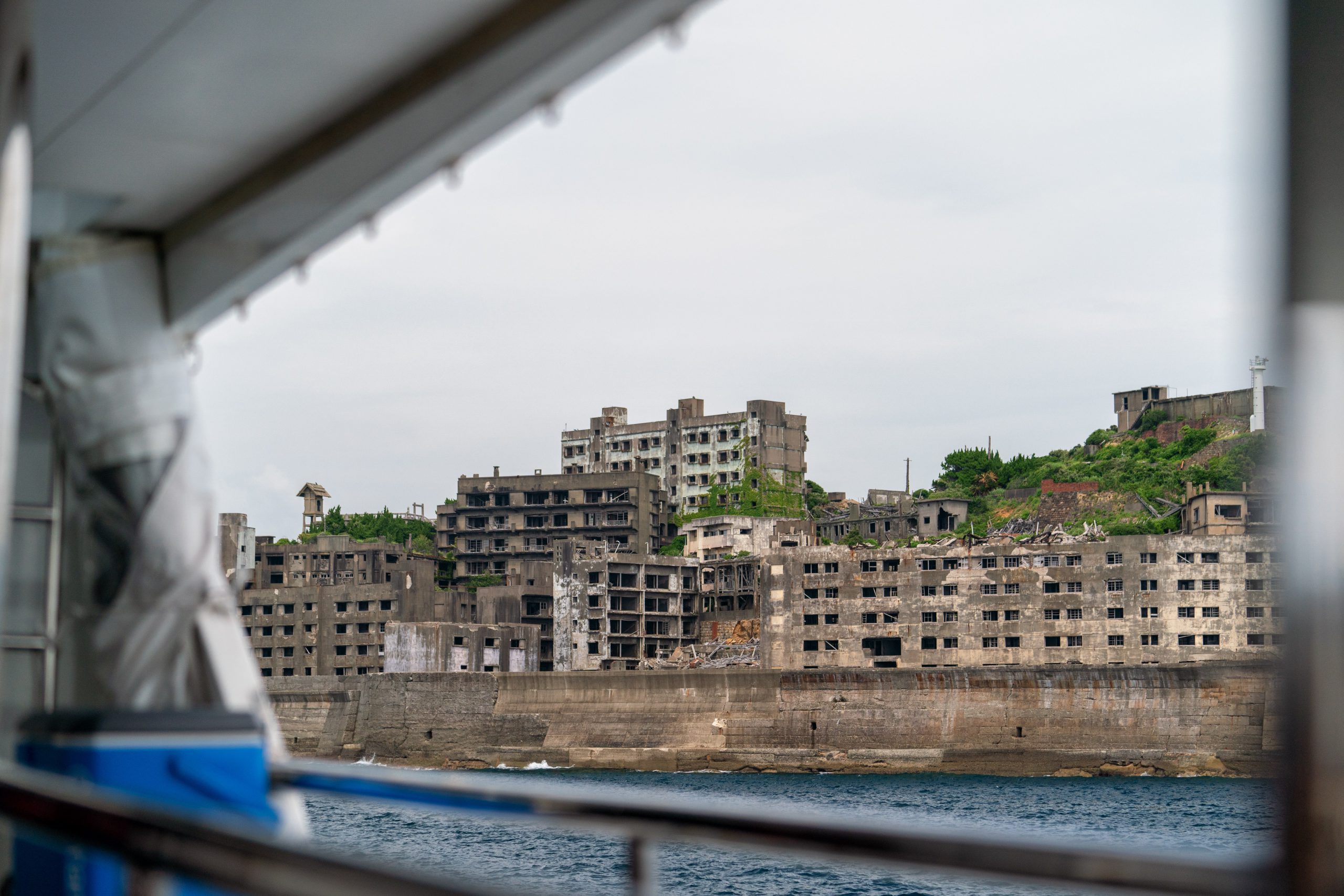Meiji is the name of a period in time in the Japanese history that started in 1868 with the Meiji Restoration and lasted until 1912. It is often described as the time when Japan took ‘its first step to the modernization through reformation of the fundamental systems of the nation based on interactions with other countries’. New technologies and cultures were introduced to Japan, which helped the country to develop as a strong nation which held influential power in the international world. It also led them to several battles with countries that later had a significant influence on their future. Let’s learn the basic facts about the Meiji period and what kind of role it played in the development of Japan that we know today!
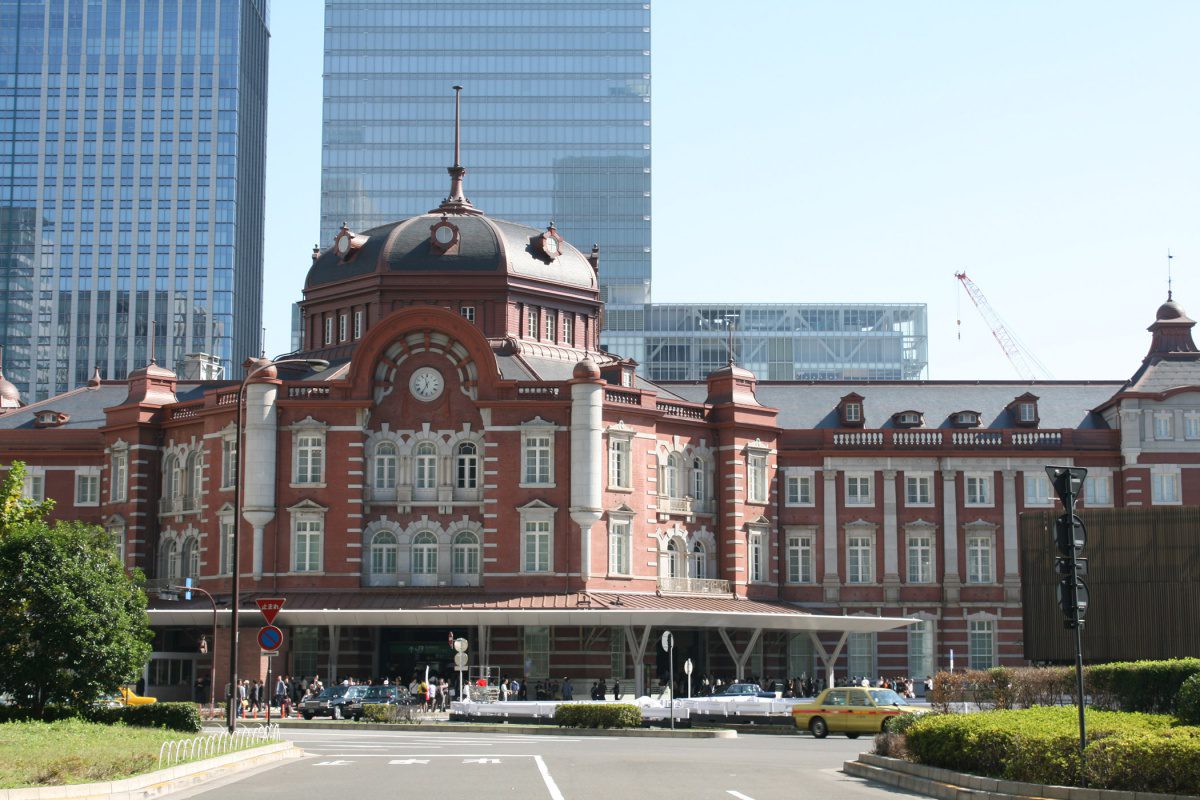
- 1. Meiji Restoration (from Edo period to Meiji period)
- 2. Establishment of a Strong Nation
- 3. Introduction of Western culture and techniques
- 4. The Sino-Japanese War & The Russo-Japanese War
- 5. Where you can experience the Meiji Period
1. Meiji Restoration (from Edo period to Meiji period)
Before we start to learn about the Meiji period, let’s take a brief review back to the Edo period. The Edo period is referring to a time in the Japanese history that came before the Meiji period. It lasted over 260 years from 1603 and 1868, when Japan was under the rule of the Tokugawa Shogunate. The Tokugawa Shogunate was originally established by Tokugawa Ieyasu, the first Shogun of the Tokugawa Shogunate in 1603. The shogunate ruled the nation with about 300 feudal clans which were allocated private domains. They were monitored by the Tokugawa Shogunate carefully and faced a range of economical restrictions. the Tokugawa Shogunate also adopted Sakoku, the policy of national isolation that allowed limited international trade only with the Netherlands and China.

In 1853, Commodore Matthew C. Perry arrived in Japan, demanding Japan to open up to the rest of the world and re-start international trade. This also encouraged the people to be aware of the necessity of the unification of Japan as a strong nation again with a new political institution. The Tokugawa Shogunate started to lose power and authority, which resulted in the collapse of it in 1867.
2. Establishment of a Strong Nation
After the collapse of the Tokugawa Shogunate, the new government started to establish a series of new policies aiming to unify the country under the authority of the emperor again. Gokajo-no Goseimon (also known as “the Charter oath”)” was one of these policies introduced by Emperor Meiji. The important document consisted of five (go in Japanese) principles such as the abolishment of the class system. Its main goals was to include the Japanese public in future decisions, regardless of occupation or social status.
During the Edo period, people were classified into four classes, and Samurai was considered the highest one. After the Meiji Revolution, the samurai lost their privileges, and their dissatisfaction with the government resulted in several civil wars such as the Satsuma Rebellion in 1877. The feudal clans were also asked to return their domains in order to create a centralized nation with a new administrative unit, now known as “prefectures”.
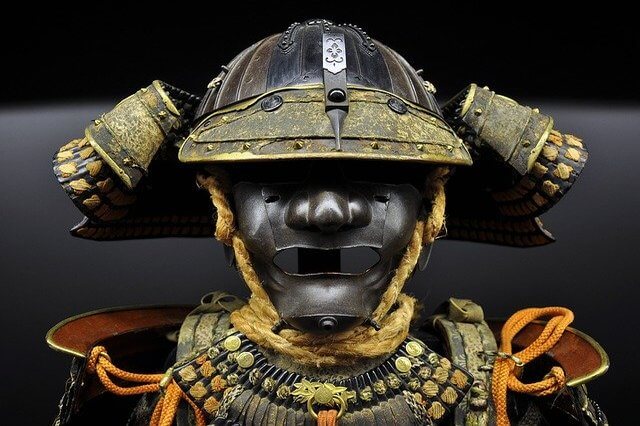
The new government also embarked on the establishment of the diet, a parliamentary system and constitution known as the Meiji Constitution, based on the European system. The emperor was considered the supreme authority, which ironically means it was far from democracy. It officially became valid in 1889, and continued to be used until the current constitution style was enacted in 1947, after Japan was defeated in WWⅡ.
3. Introduction of Western culture and techniques
This new period opened the gateway to the world for Japan with a number of introductions of new technologies and cultures. It included Western clothing, hairstyles, food cultures, and new entertainment forms. In addition, the Solar Calendar was introduced, replacing the lunar calendar which was used over 800 years in Japan. Constructions of railways were also implemented rapidly, drastically changing the way of public transport system in Japan. In addition, the a new architecture style was adopted, characterized by using of (red) brick and stone as construction materials, instead of the traditional wood. The intention was not only to copy western structures but also to prevent fires. In Tokyo, around Tokyo Station, you can find many of these typical Meiji style buildings.

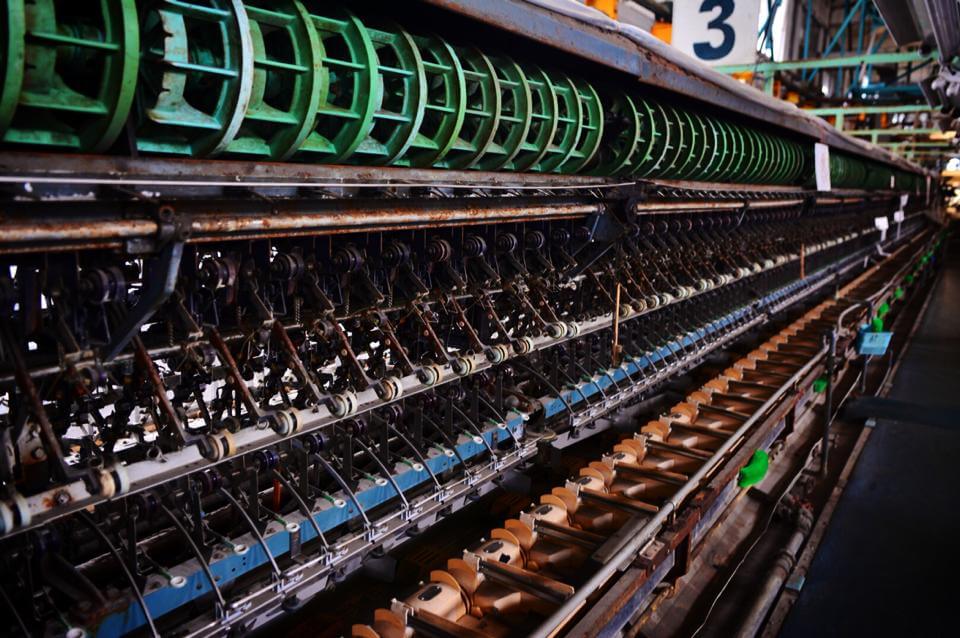
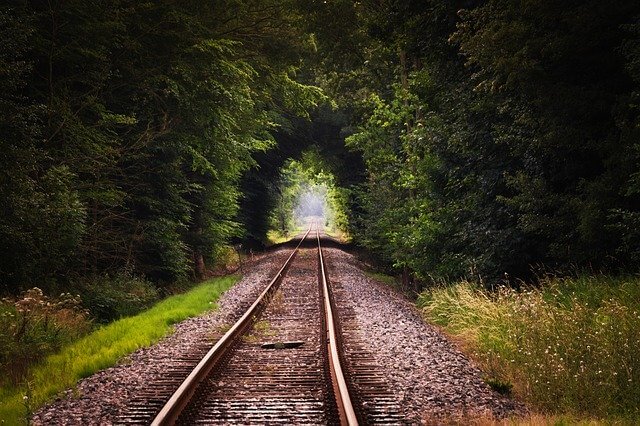
The new government also introduced the national slogan Fukoku Kyohei, originating from ancient Chinese work and freely translated as ‘wealthy country, enrich the armed forces’. It was a policy to make Japan’s economy grow. This was achieved by hiring professional engineers and experts from foreign countries, and establishing a modern industrial system based on developed technologies. New factories were established around the county, Tomioka Silk Mill is the oldest one built in 1872 and now on a listed UNESCO World Heritage Sites. A modern educational system was also introduced according to the proclamation of Gakusei (学制) in 1872, based on the educational system in Europe. It stipulated the elementary school education as compulsory, and aimed to provide the equal opportunity for citizens regardless of class or gender.
4. The Sino-Japanese War & The Russo-Japanese War
While promoting a series of political policies, the Meiji government experienced two international wars: the Sino-Japanese War in 1894 and the Russo-Japanese War in 1904. The Sino-Japanese War was triggered by the conflicts with the Qing dynasty of China over the influence in Korea. It was also seen to have a significant meaning to fight against the threat of Russia, which extended its territory and impact on the East Asian region at that time.
Japan succeeded in taking the advantage of the war, and China surrendered in 1894, a major blow for the country. The Japanese victory resulted in a treaty called “the treaty of Shimonoseki”, which included indemnity, independence and autonomy of Korea, and agreed to cede Taiwan to Japan. This war was followed by another war with Russia, starting in 1904, which came to an end in the following year with a victory of Japan as well.
Even though these two wars with two powerhouses resulted in historical victories for Japan, the war expense was quite high and caused serious financial problems among citizens. It led to a number of riots, that were repressed by the government. On the other hand, Western countries started to improve their evaluation of Japan and Japan gained more respect in the eyes of the Western world. This allowed Japan to take a stable position equivalent to the other (Western) countries and strengthen international relationships. This is how Japan became part of the modern world through the Meiji period. It ended with the emperor’s death in 1912, and the Taisho Period began.
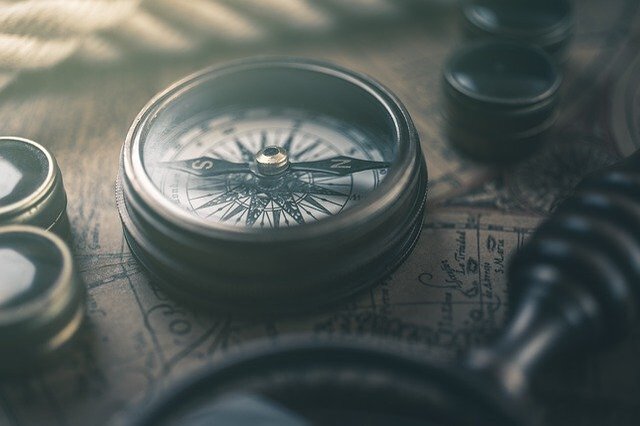
5. Where you can experience the Meiji Period
If you want to experience the Meiji Period, there is a great spot which is called Meiji Mura in Aichi prefecture. It is a popular theme park which features a number of historical buildings back in the Meiji period. The outdoor museum allows visitors to enjoy more than 60 well-preserved constructions that were relocated in the park from around the country. It includes private residence of celebrities, post offices, trains, city hall, and much more! Rent a Kimono, a traditional Japanese garment and explore the fascinating world which makes you feel to travel back to the Meiji period!
Highlights in Meiji Mura
- Historical buildings: Enjoy the architectural styles which strongly reflect the western influence.
- Exciting vehicles rides: Get around the park with a range of vehicles such as steam engine locomotives.
- Restaurants & gift shops: Enjoy great meals and get memorable gifts.
Meiji Shrine
When you are visiting Tokyo, you should pay a visit to the famous Meiji Jingu Shrine. This shrine is dedicated to the deity of Emperor Meiji and his wife and one of the most visited shrine in Japan on New Year’s Day with over 3 million visitors every year.
Meiji Jingu Shrine is situated in a huge forest, and once you go through the entrance gate, you will be impressed by the plenty of nature and a deep forest surrounding the path leading to the main shrine. The tranquil atmosphere will have you forgot that you are in the heart of the biggest city in the world.
The opening times vary each month (~sunrise till ~sunset).
Complete Guide to the Meiji Jingu Shrine
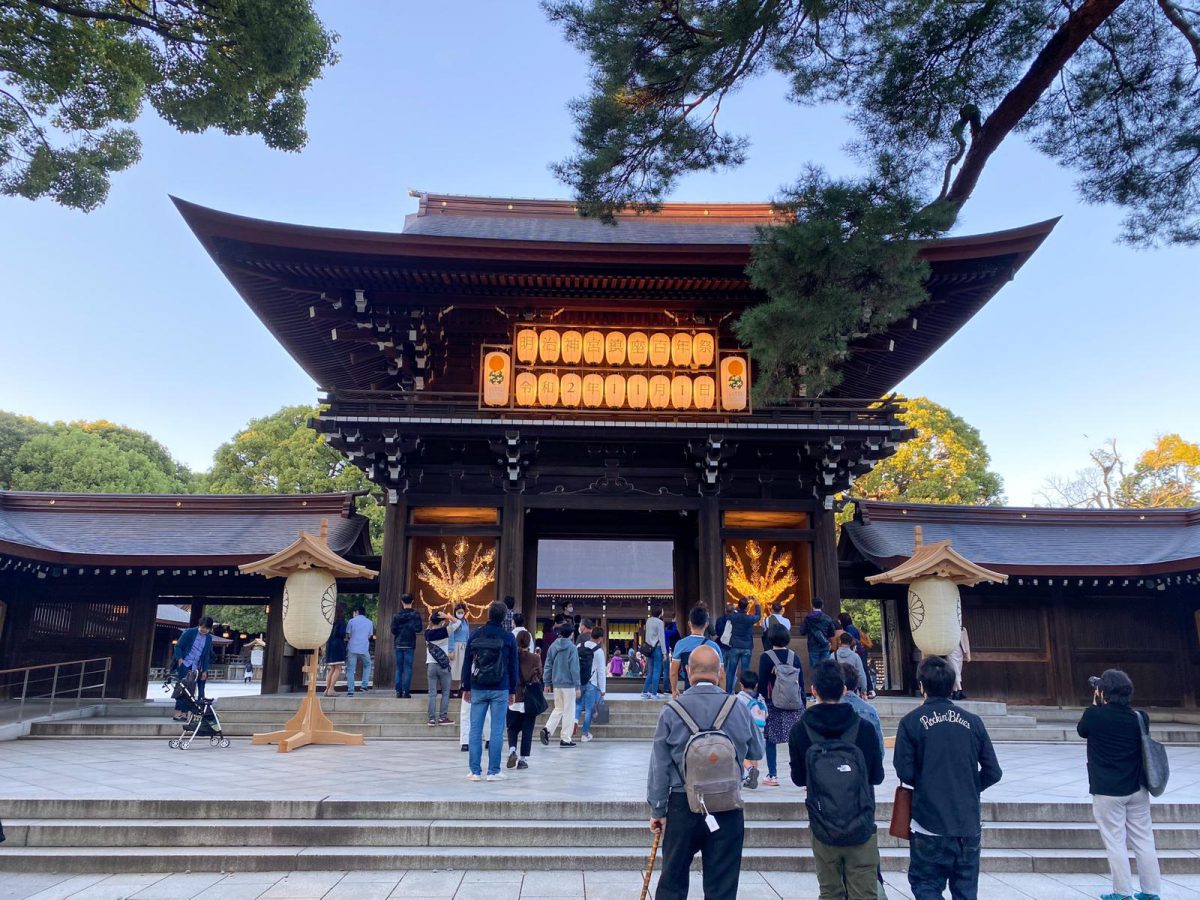
Don’t forget to check out our private tour!
If you are interested in learning more about Japanese history and culture, definitely check out our private tours. We can arrange a private tour including a local English-speaking guide for you, or simply give you some travel advice. We’d be happy to help you make your trip to Japan a safe, comfortable, and unforgettable memory!
1. Tokyo 1–Day Highlights Private Walking Tour
Join our private walking tour to explore the highlights in Tokyo! The time and programme of this tour can be adapted according to your wishes.
2. Kyoto Private Full Day Walking Tour
Visit the ancient capital of Japan that fascinates tourists with a number of historical spots and traditional experiences!
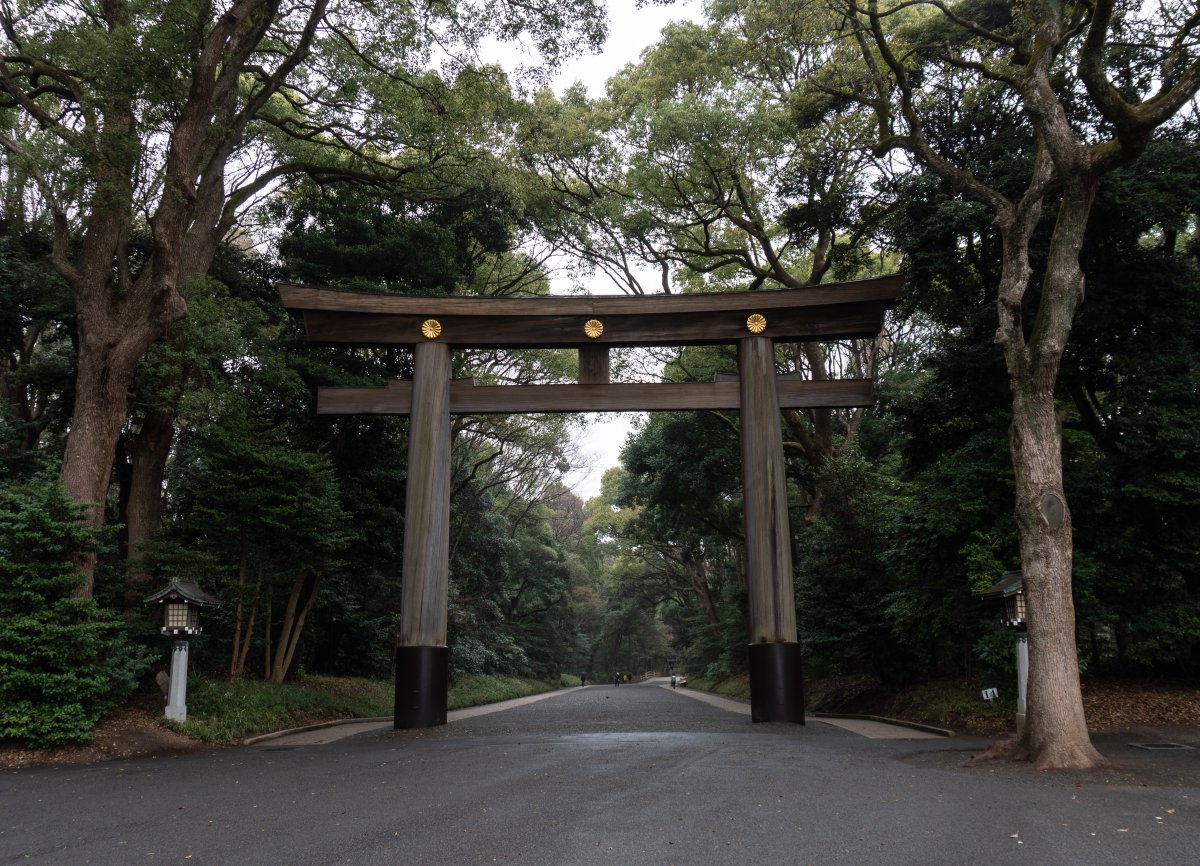
The Meiji period is widely recognized as one of the biggest turning points in Japanese history. At this time, Japan was urged to demolish its old political, social and economic system and transform into a modernized nation to catch up with other leading countries. It also the period in time when a range of new technologies and cultures from Western countries were introduced which completely changed every aspect of the daily lives of Japanese people. The cultural fusion between the traditional and new one resulted in the development of unique culture that still can be found everywhere in our modern society as well. With a better understanding of the Meiji period, you can understand how the fundamental systems in today’s Japan were established!
Follow us on Instagram or Facebook for more travel inspiration. Or tag us to get featured!
Happy traveling!
Stay informed of the best travel tips to Japan, the most exciting things to do and see, and the top experiences to have with the Japan Wonder Travel Newsletter. Every week we will introduce you to our latest content.
Other articles you might like
This post contains some affiliate links. When you click through and make a purchase we may receive some commission, at no extra costs to you.
